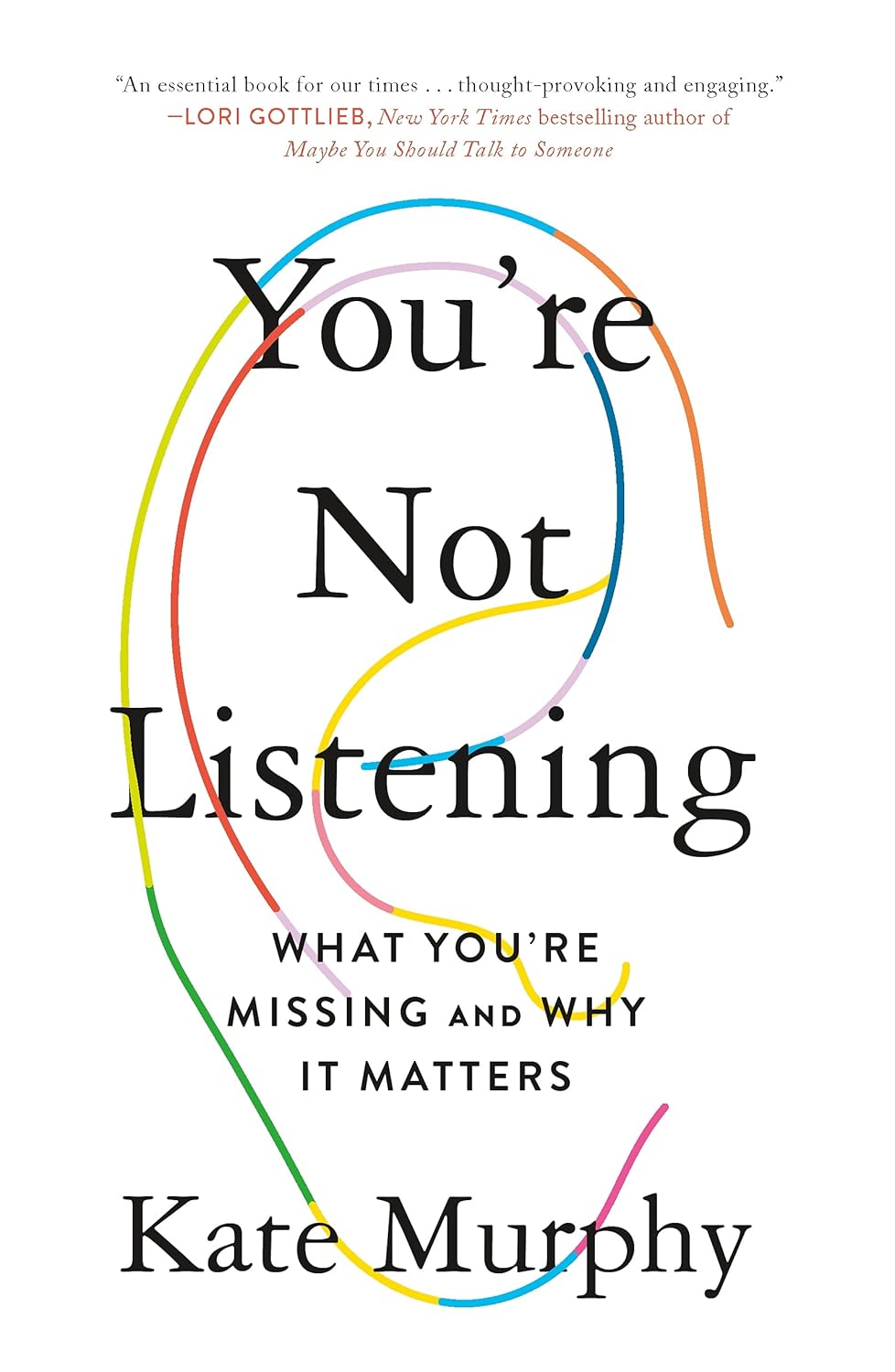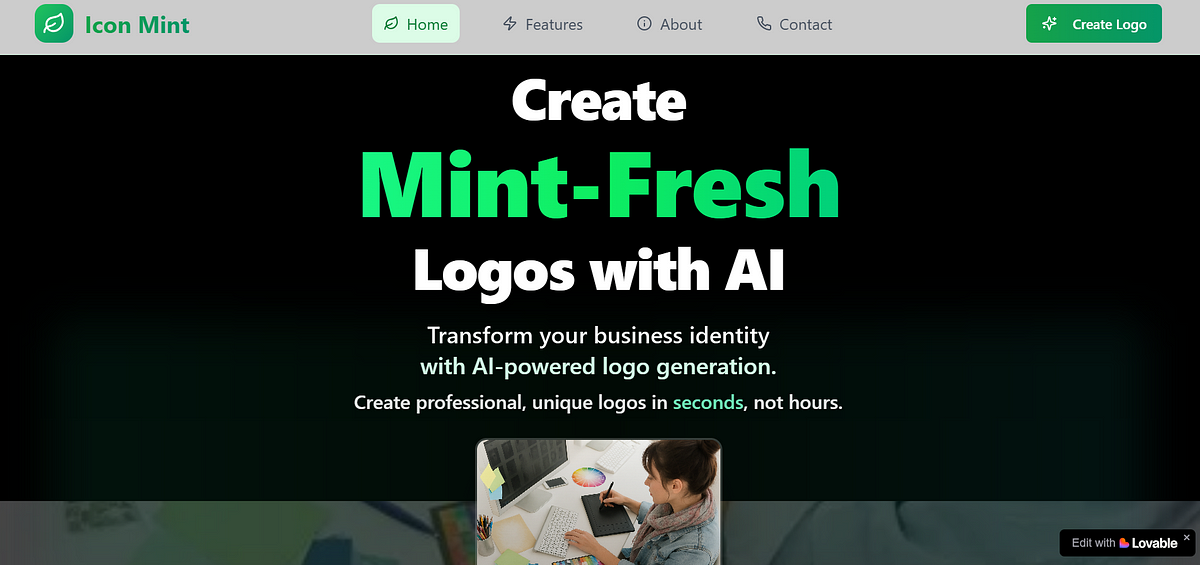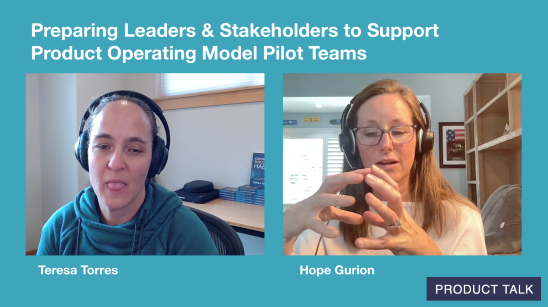Modern WordPress Websites for Modern Businesses – 2025
In 2025, a business website is no longer a digital brochure—it’s the beating heart of your brand, sales funnel, and customer community. WordPress now powers more than 43 % of the internet, and its ecosystem has matured into an enterprise‑ready platform that flexes with any modern business model. Whether you sell niche physical goods, run a SaaS platform, or build a B2B thought‑leadership hub, your site must feel modern, load instantly, and adapt to every device your audience prefers.
1. Why “Modern” Matters
“Modern” is more than a visual style. It stands for speed, accessibility, security, extensibility, and user‑centric design. A modern site is SEO‑ready out of the box, integrates cleanly with marketing automation, and is built on modular components that keep technical debt low. WordPress, paired with Gutenberg blocks and full‑site editing (FSE) themes, delivers these qualities to businesses of any size.
2. WordPress Trends Shaping 2025
|
Trend |
Why It Matters |
|
100 % Visual Editing |
FSE and block patterns let non‑developers rearrange complex layouts without breaking brand guidelines. |
|
AI‑Assisted Content |
Generative tools create images, headlines, and predictive SEO insights inside the editor. |
|
Selective Headless Builds |
Blending traditional WordPress with a headless front end for high‑traffic areas balances velocity and control. |
|
Green Hosting Commitments |
Carbon‑aware servers and smart asset minification are now procurement requirements. |
|
Native Accessibility Tooling |
Core flags contrast violations and ARIA errors before you press Publish. |
|
Declarative Data Layers |
Block‑based custom post types slash query times and boost database hygiene. |
3. Features Every Modern Business Site Needs
-
Real‑time personalization – Show returning customers context‑aware CTAs based on purchase history.
-
Lightning checkout – WooCommerce’s “single‑click express” flow completes mobile purchases in under 15 seconds.
-
Privacy by design – Region‑aware cookie banners and server‑side tag management keep you compliant without crushing load time.
-
Offline‑first PWA layer – Visitors can browse cached pricing pages and blog posts, then auto‑sync when back online.
-
Instant search – Algolia‑backed queries return results in 50 ms, cutting bounce rate by up to 35 %.
-
Built‑in analytics – First‑party dashboards curb the need for multiple third‑party scripts that slow the party down.
4. Design Principles for 2025
-
Adaptive color systems shift between light, dim, and dark based on ambient light detection.
-
Micro animations communicate state changes—think Lottie icons morphing when a form validates.
-
Fluid typography via clamp() scales smoothly from a 320‑pixel phone to a 4 K desktop.
-
Glassmorphism accents add soft transparency and bold gradients to highlight key CTAs.
-
Inclusive iconography reads well in both RTL and LTR languages.
Keyboard testing remains the quickest litmus test: if every interactive element can’t be reached by the Tab key alone, it isn’t modern.
5. Development Best Practices
Performance
-
Target sub‑200 ms INP (Interaction to Next Paint).
-
Lazy‑load off‑screen images, defer non‑critical CSS, and adopt HTTP/3 with QUIC.
Security
-
Enforce 2FA, auto‑managed WAF rules, and quarterly salt rotation.
-
Block merges in CI when vulnerability scans fail.
Scalability
-
Containerized PHP‑FPM pods with Redis object caching keep TTFB predictable.
-
Edge‑cache dynamic fragments via Cloudflare Workers for global audiences.
Maintainability
-
Use theme.json to centralize color, spacing, and typography tokens. Design changes propagate site‑wide with zero template rewrites.
6. Real‑World Inspirations
-
Sustainable Sneaker Co – AI‑generated lookbooks and a carbon‑aware CDN cut image payload 40 % and lifted revenue 18 %.
-
FinTech Trust – Migrated from Drupal, integrated a React account portal via REST, and ships campaigns 4× faster.
-
GlobalEdu Hub – Interactive course timelines boosted average session duration from 2 min 20 s to 4 min 15 s.
7. Choosing the Right Partner
Building a truly modern experience is rarely a one‑person job. Strategy, UX, copywriting, performance engineering, and ongoing optimization weave together. This is where WordPress Website Design & Development Services 2025 firms shine. They offer multidisciplinary squads that live and breathe WordPress, letting ambitious brands launch faster without the “learning tax” of an internal team still new to Gutenberg.
When vetting an agency, probe for:
-
Proven process – sprint cadence, staging parity, automated testing.
-
Ownership hand‑off – thorough documentation and recorded training sessions.
-
Post‑launch support – SLAs covering uptime and marketing tweaks.
-
Transparent pricing – modular retainers that scale with scope, not retainer bloat.
8. DIY vs. Done‑For‑You
Block patterns mean small businesses can bootstrap credible sites over a weekend. But beyond that MVP lies CRO testing, automation, voice‑search optimization, and content ops. Partnering with WordPress Website Design & Development Services 2025 shifts that cognitive load so founders can focus on product, fundraising, or talent.
A hybrid approach works well:
|
Who Handles What |
Internal Team |
External Experts |
|
Day‑to‑day content updates |
✔️ |
|
|
Major feature roll‑outs |
✔️ |
|
|
Infrastructure & compliance |
✔️ |
|
|
Brand voice |
✔️ |
9. Measuring Success in 2025
Beyond traffic and conversions, modern sites track:
-
Carbon cost per visit (gCO₂e)
-
Accessibility health score (WCAG AA pass rate)
-
Content velocity (new pages per month)
-
First‑party data growth (newsletter & community sign‑ups)
-
Brand sentiment (AI‑scored social mentions)
These insights power micro‑improvements that compound growth without ballooning ad spend.
10. Future‑Proofing for 2026 and Beyond
-
No‑code API stitching will let marketers drag‑and‑connect SaaS blocks visually.
-
Spatial web readiness means 3‑D product previews that load gently via progressive glTF.
-
Voice UX as baseline—WordPress will treat voice‑first navigation the way it once treated responsive: table stakes.
Choose partners who bake “innovation sprints” into retainers so your roadmap never ossifies. Leading WordPress Website Design & Development Services 2025 providers already allocate quarterly R&D spikes for their clients.
11. Common Pitfalls to Avoid
-
Plug‑in overload – Dependency creep slows load times and complicates updates. Audit quarterly and cull anything unused.
-
One‑size‑fits‑all templates – Marketplace themes often ship with 20+ libraries you’ll never need. Opt for a purpose‑built block theme.
-
Neglecting content governance – Establish roles, style guides, and automated link checks or watch relevance decay.
-
Set‑and‑forget mentality – Launch day is just the start. Core, theme, and plug‑in updates land weekly; user behavior shifts daily.
Steer clear of these traps to let your investment compound rather than crumble. Remember, the most modern websites feel effortless to visitors precisely because so much thoughtful engineering happens behind the scenes—week in, week out.




































































![https //g.co/recover for help [1-866-719-1006]](https://newsquo.com/uploads/images/202506/image_430x256_684949454da3e.jpg)























![How Smart PMs Scale Their Careers in Any Org [TPG Live Recap]](https://tpgblog.com/wp-content/uploads/2025/06/2025-06-12-thumbnail-action.png?#)



















































